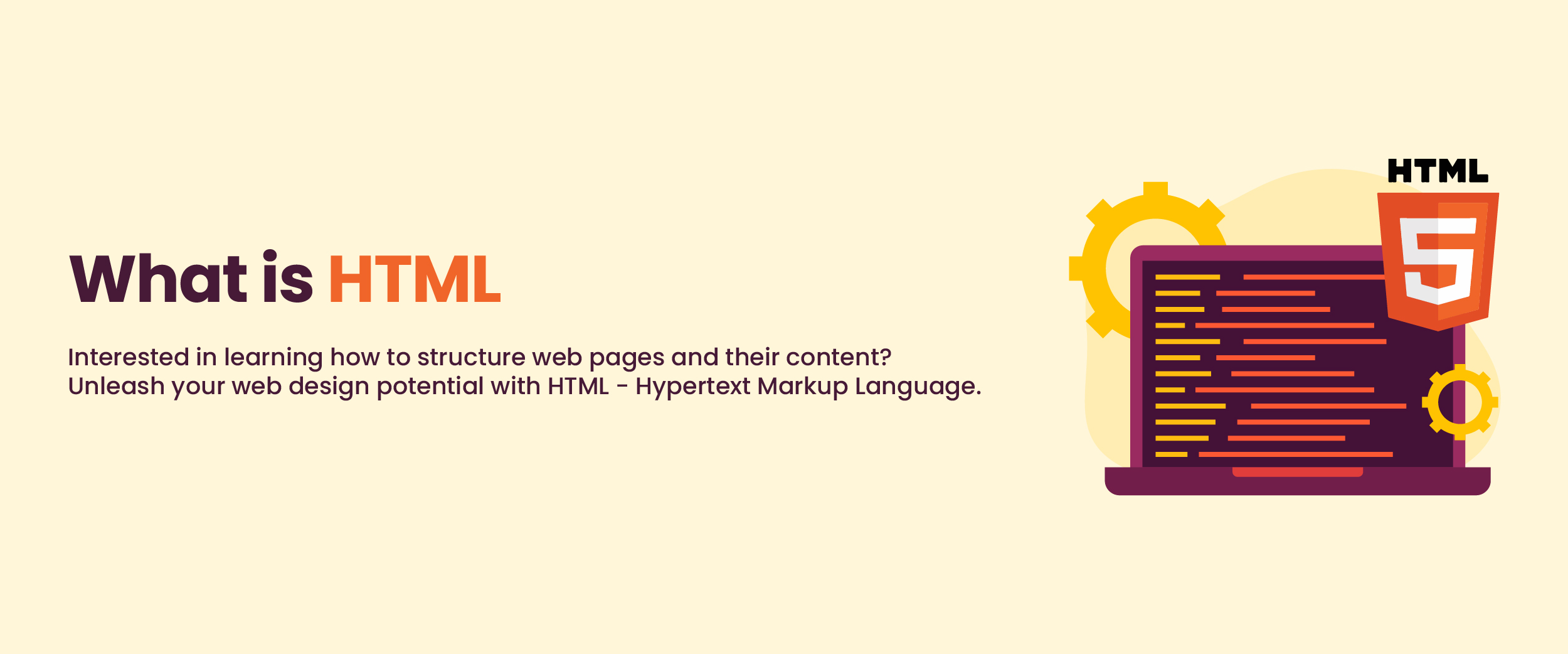Module 1: HTML - Web Programming Introduction
Overview
The initial part of Module 1: HTML in our comprehensive web development course begins with an introduction to web programming. This segment is designed to provide a foundational understanding of web development, focusing on HTML and its role in creating the structure of web pages. It sets the stage for further exploration of HTML and other web technologies.
What is Web Programming?
Web programming, also known as web development, involves the creation of dynamic and static web pages and applications. Web developers use various programming languages and technologies to build, enhance, and maintain websites and web applications. HTML, CSS, and JavaScript are the core technologies used for front-end development, whereas languages like PHP, Ruby, Python, and frameworks such as Node.js are typically used for back-end development.
Role of HTML in Web Programming
HTML (HyperText Markup Language) is the standard markup language used to create and design pages on the World Wide Web. HTML defines the structure and layout of a web page by using a variety of tags and attributes. It is the skeleton that supports web content, arranging it into headings, paragraphs, lists, links, and other sectioning elements, making it crucial for website creation.
Learning Objectives
- Understand the Basics of HTML: Learn the fundamental concepts of HTML and how it can be used to structure web content.
- Explore HTML Tags and Their Purposes: Gain knowledge about various HTML tags such as <h1>, <p>, <a>, <img>, and learn when and how to use them effectively.
- Web Page Structure: Understand how to use HTML to create a well-structured and accessible web page.
- Creating Your First HTML Page: By the end of this module, you should be able to create a basic HTML web page that incorporates different elements learned throughout the module.
Importance of HTML in Modern Web Development
While HTML alone does not encompass all that web development involves, it is the foundation upon which all websites are built. Mastery of HTML is crucial for any web developer because it interacts seamlessly with other technologies like CSS for styling and JavaScript for functionality, forming the building blocks of the internet.
Tools and Resources
Learn to use text editors such as VSCode, Sublime Text, or Atom for coding HTML. Understand how to use browser developer tools to inspect HTML elements and debug issues.

